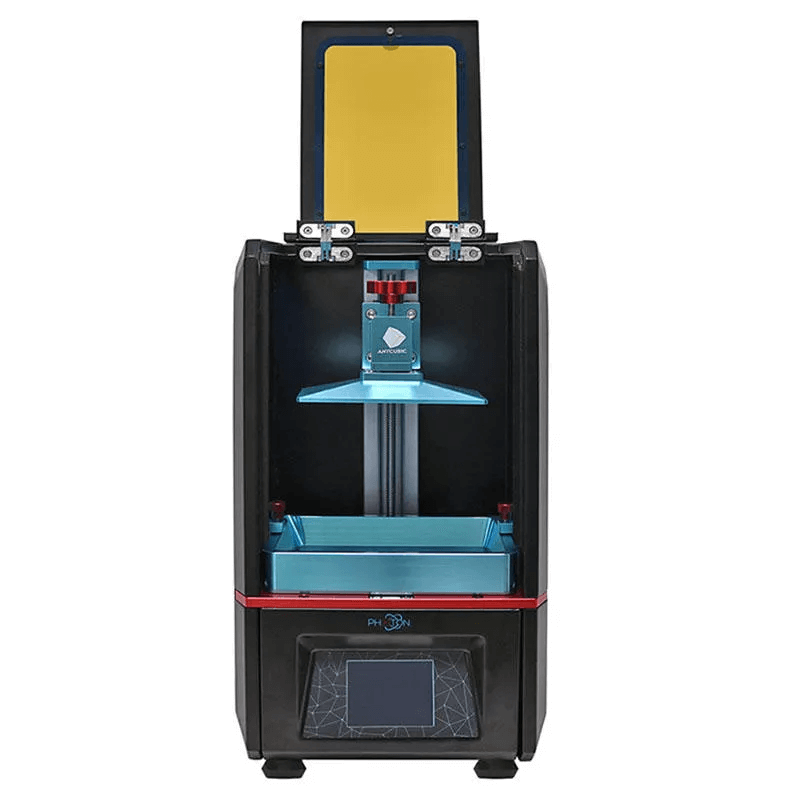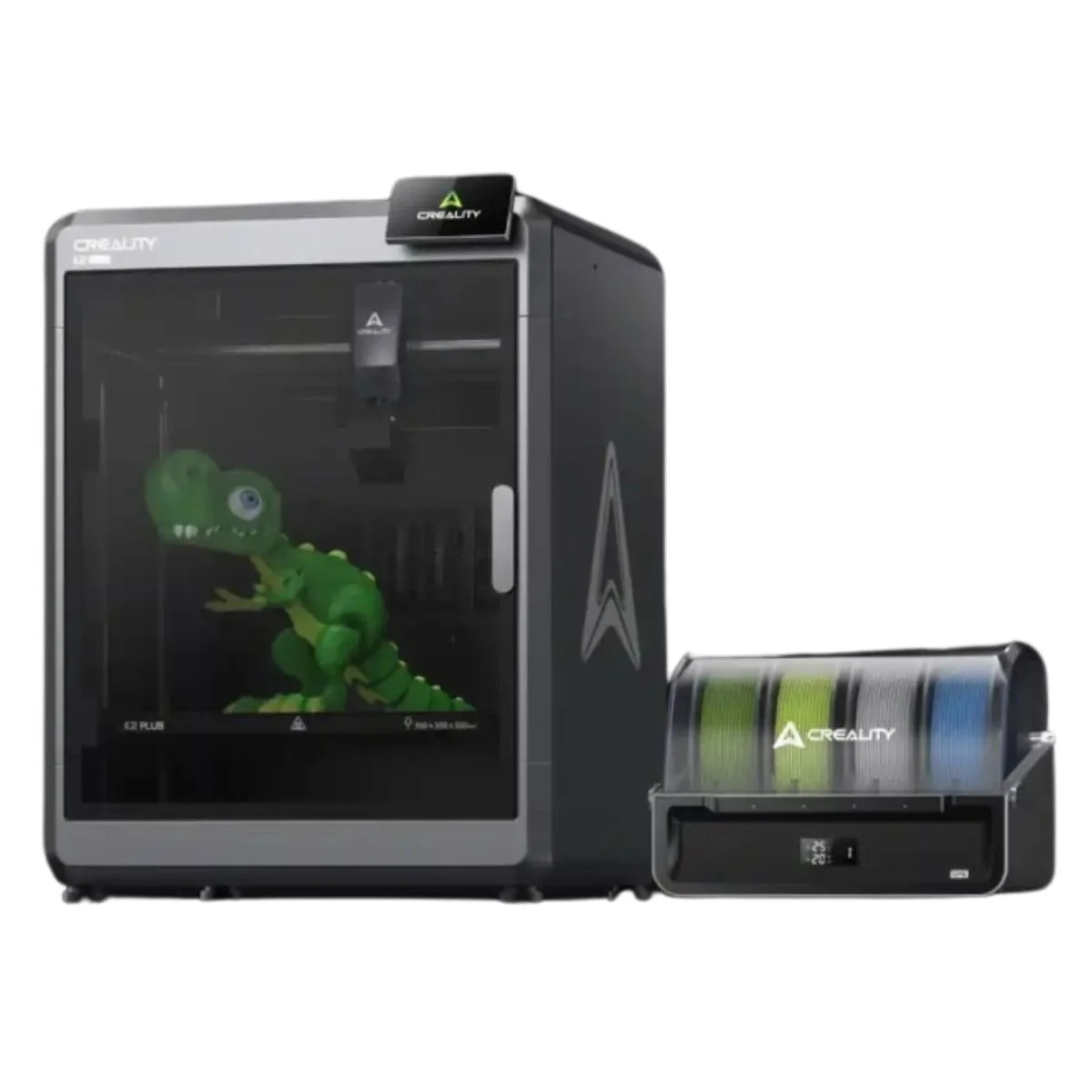Compare Photon vs K2 Plus
Comparison between the best 3D printers
Choose the best 3D printer at the best price. The cheapest 3D printers are here.
Buy a 3D printer here with 3D Fila.
 |
 |
|
| Model | Photon |
K2 Plus[BUY K2 Plus] |
| Printing Material | Resin | Filament |
| Buy Resin for Anycubic Photon | Buy Filament forCreality K2 Plus | |
| Estimated price | $100,00 | $1500,00 |
| Manufacturer | Anycubic | Creality |
| Release Year | 2019 | 2024 |
| Print Volume [mm] | 65x115x155 | 350x350x350 |
| Printer Size [mm] | 220x200x400 | 495x515x640 |
| Weight [kg] | 7,2 | 33,5 |
| Power Loss Recovery | NO | YES |
| Maximum Resolution [mm] | 0,1 | |
| Processor | ||
| Display | Touchscreen TFT 3,5'' | Touchscreen 4,3'' |
| Power Supply | 40W | 1200 W |
| Connectivity | USB | USB / WIfi |
| Operating systems | Windows, Mac, Linux | Windows, Linux, Macbook |
| Date of registration in the system | 2021-04-15 | 2024-06-26 |
| Release date | 2019 | 2024 |
| Extra features | The Anycubic Photon DLP is a resin 3D printer that stands out for its affordability and quality. It uses DLP (Digital Light Processing) technology to cure resin layers with precision, offering resolution of 25-100 microns. Its build volume is 115 x 65 x 155 mm, suitable for modest-sized projects. It includes a 2.8-inch touchscreen, USB and SD card connectivity, and a carbon filter to mitigate odors. It is notable for generating efficient support structures through its custom slicing software. Although it requires care in resin handling and post-processing, it is an excellent option for beginners and professionals who want to explore resin 3D printing with high resolution and ease of use. | The Creality K2 Plus 3D Printer stands out for its multicolor printing, large build volume (350x350x350 mm) and Apus Direct Drive extruder with tri-metal protection nozzle. It features automatic anti-tilt leveling, FOC closed-loop motors and active chamber heating. In addition, it has an intelligent CFS filament management system, cameras for calibration and monitoring, a 4.3-inch touchscreen and advanced sensors to optimize the printing process. |
| Support for multiple colors and materials (AMS and CFS) | NO | YES |
Notes * |
||
| Cost-benefit | 6 / 10 | 7 / 10 |
| Hardware | 0 / 10 | 7.2 / 10 |
| Tela | . | . |
| Print volume | 3 / 10 | 4 / 10 |
| Performance | 0 / 10 | 5 / 10 |
| [BUY K2 Plus] |
Conclusion |
| In comparing the Anycubic Photon and the Creality K2 Plus 3D printers, several key differences emerge that highlight the strengths and weaknesses of each model. The Anycubic Photon is a budget-friendly resin printer, ideal for beginners and those focused on detailed prints at a smaller scale. With its compact dimensions and lower weight, it offers a degree of portability and convenience, making it attractive for users who may be space-constrained. Its resolution capabilities and precise layering technology also enable it to produce high-quality outputs, though it does require careful handling of resin and additional post-processing. However, its limited build volume may restrict larger projects and it lacks features such as power loss recovery and multi-material support. On the other hand, the Creality K2 Plus is a robust, high-performance 3D printer that is more suitable for advanced users looking for versatility and larger project capabilities. Its significant print volume allows for the creation of larger objects and supports a wider range of materials thanks to its advanced filament management systems. The inclusion of features such as power loss recovery, automatic leveling, and enhanced print monitoring contributes to a more seamless user experience and reduces the likelihood of print failures. Additionally, the K2 Plus has a higher cost but justifies this with more advanced functionality and enhanced performance metrics. In conclusion, the choice between the Anycubic Photon and the Creality K2 Plus largely depends on the user's specific needs. Those on a budget or focused on high-detail, smaller projects may find the Photon to be a suitable entry point into resin printing. Conversely, users seeking a more feature-rich, high-capacity 3D printer capable of handling diverse materials and larger designs will likely find the K2 Plus to be a worthy investment. Ultimately, it is essential to weigh the cost against the desired capabilities to decide which printer aligns best with individual printing goals. |

